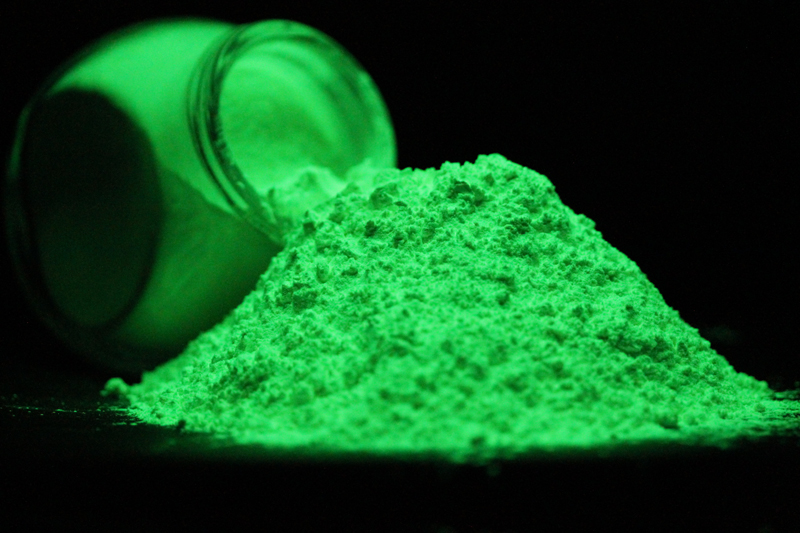Are you currently searching for pigment manufacturers in Gujarat? If so, you’ve probably realized that countless companies will claim to have the right pigment for you, but you still have the challenge of figuring out which one does have the right pigment and which ones are only trying to sell you pigments that won’t work for your project. The good news is that some telltale signs can help you quickly determine whether or not a company’s pigments will be the best choice for your business. Let’s take a look at some of those signs now.
Research The Different Types Of Plastic Pigments
There are many different types of plastic pigments, but not all of them are created equally. It is important to research the different options and choose wisely when it comes time to purchase your pigment. Each pigment has its properties that need to be considered before making a decision. Here are some factors you should consider when looking into what plastic pigment is right for your business:
● Effects: What effect do you want your pigment to have on your product?
● Color: What colour do you want?
Consider Your Business Needs
Different types of plastics have different properties. The most common plastics are acrylonitrile butadiene styrene (ABS), polycarbonate (PC), and high-impact polystyrene (HIPS). ABS is more resistant to chemicals, PC is transparent, and HIPS is flexible. The best pigment depends on what you need it for. If your business needs plastic that can withstand chemicals, then ABS would be the better choice.
If your business needs a plastic that is both transparent and rigid, then a PC would be better suited. HIPS has good impact resistance but can yellow over time in UV light, so it’s not recommended if you’re making long-lasting products. When deciding which type of plastic to use, consider factors like chemical resistance, transparency or opacity, flexibility or rigidity and durability. Once you’ve determined which features are important for your business, choose a plastic that suits those needs.
Compare Prices
The process of choosing a pigment starts by looking at the price. It may be tempting to go with a less expensive Pigment Green 7, but cheaper is not always better when it comes to pigments. More expensive pigments are more likely to produce higher-quality prints and last longer, which means they can save you money in the long run. Be sure you have a good understanding of how your printer works before making any purchases so that you know what features (such as temperature) are most important for your machine.
Remember that printers come in all shapes and sizes, from small desktop models to large machines meant for high-volume production, so knowing the specs of your printer will help you choose a pigment appropriate for its size. Some printers also offer variable speed settings, meaning the speed at which ink moves over paper can change depending on the type of project being printed. A lower-temperature setting is best if printing a softer material such as T-shirts or fabric because too much heat will damage these types of materials; conversely, printing on hard surfaces like viny or aluminium requires more heat so be sure to choose an appropriate pigment with this feature if needed.
Test The Product
Vibrant colours in a variety of finishes can be found at most plastic pigment manufacturers. However, it is important to check which type of product will work best for your business. For example, you may need an opaque pigment if your product requires a high degree of colour coverage. In this case, you should look for opaque pigment manufacturers in gujarat such as:
– Polyester Powder Coatings;
– Acrylic Emulsion Coatings; and
– Gloss Coating Finish. If your product does not require much colour coverage or hides defects well, then opt for a translucent powder coat or emulsion. It is also important to consider where the finished product will be displayed because UV light causes many paints and plastics to deteriorate over time. Consider these factors when choosing which pigment is right for you!
– Visible Light Resistance (VLR) Levels;
– UVA Protection Level; and
– Weather Resistance Levels (WRL).

